What is Makrut?
Makrut (kaffir lime) is a tropical citrus fruit native to Southeast Asia, prized for its aromatic leaves and peel used in cooking. Its distinctive double leaves and bumpy fruit deliver a unique flavor profile often described as a blend of lemon zest, basil, and mint with floral notes. This essential ingredient is foundational in Thai, Lao, and Vietnamese cuisine, and its versatility extends to wellness applications like aromatherapy.
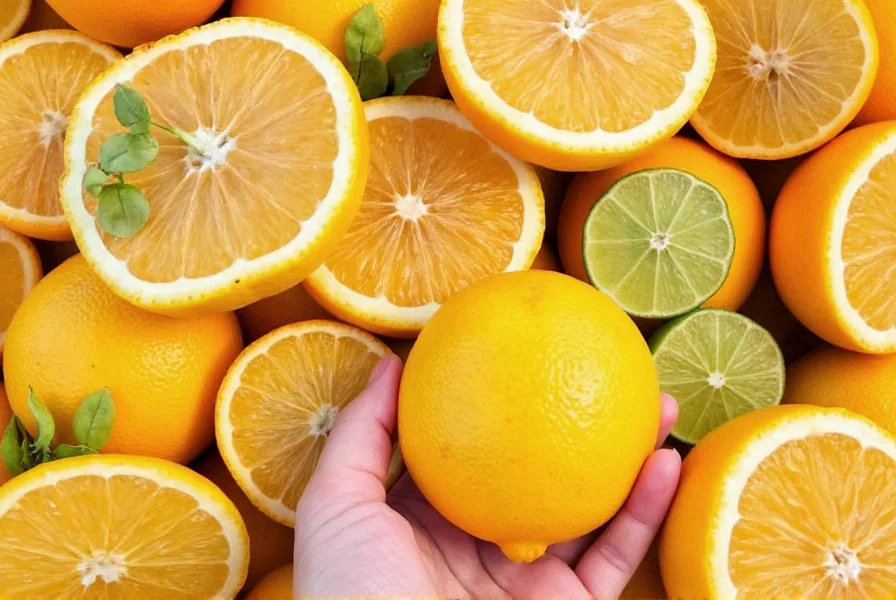
The Flavor Profile of Makrut
Makrut leaves offer a bright, clean aroma that elevates dishes. Here's how it compares to other citrus ingredients:
| Citrus Ingredient | Aroma | Bitterness | Best Used For |
|---|---|---|---|
| Lemon Zest | Sour, fresh | Moderate | Baking, dressings |
| Lime Zest | Sharp, tangy | High | Ceviche, cocktails |
| Makrut Leaf | Earthy, floral, herbal | Low | Curries, broths, marinades |
Culinary Uses of Makrut
Makrut leaves are versatile workhorses in the kitchen. Top chefs use them in:
- Tom Kha Gai Soup: Infused into coconut milk broth for zesty depth.
- Thai Green Curry: Chopped finely and added early to release essential oils.
- Grilled Seafood Marinade: Crushed leaves mixed with fish sauce and garlic for bold flavor.
- Rice Dishes: Added during steaming for subtle citrus notes.
- Infused Oils and Vinegars: For gourmet dressings and finishing drizzles.
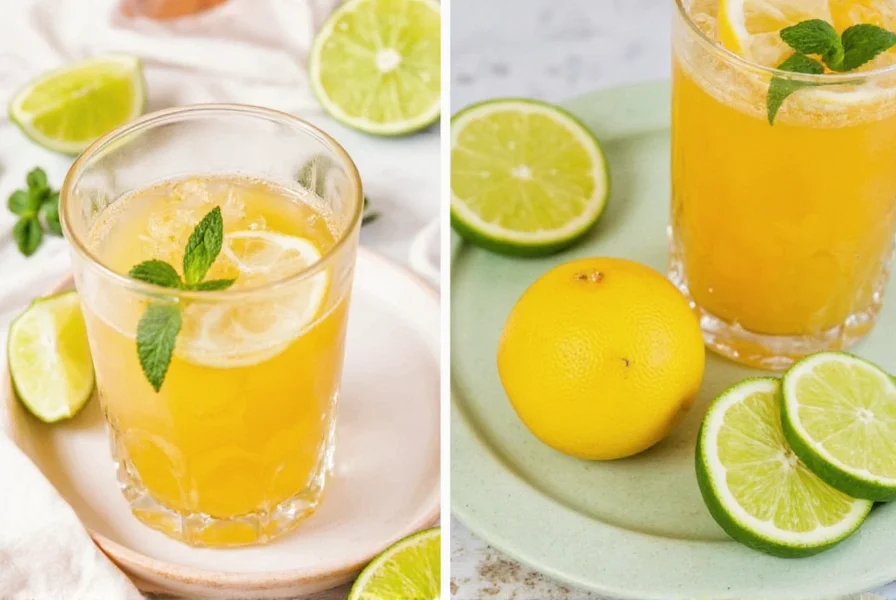
Buying Guide for Makrut Products
Finding authentic makrut products outside Southeast Asia requires knowing what to look for:
Fresh Leaves
- Brand: Local Thai Markets / Specialty Asian Stores
- Features: Bright green, pliable, aromatic
- Use Case: Best for authentic Thai and Lao dishes
- Target Audience: Home cooks, professional chefs
Dried Leaves
- Brand: Thai Select / Maesri
- Features: Air-dried, retains aroma
- Advantages: Long shelf life, easy storage
- Use Case: Slow-cooked curries and stews
Makrut Lime Peel Powder
- Brand: Siam Spice Co.
- Features: Dried rind, potent citrus notes
- Advantages: No refrigeration needed, versatile in baking
- Use Case: Cocktail rimming, dry rubs
Makrut Essential Oil
- Brand: Young Living / doTERRA
- Features: Steam-distilled, highly concentrated
- Advantages: Multipurpose for aromatherapy and cleaning
- Use Case: Diffusers, DIY skincare
Makrut Paste
- Brand: Mae Ploy / Aroy-D
- Features: Blended with lemongrass and galangal
- Advantages: Ready-to-use, consistent flavor
- Use Case: Instant curry bases, quick meals
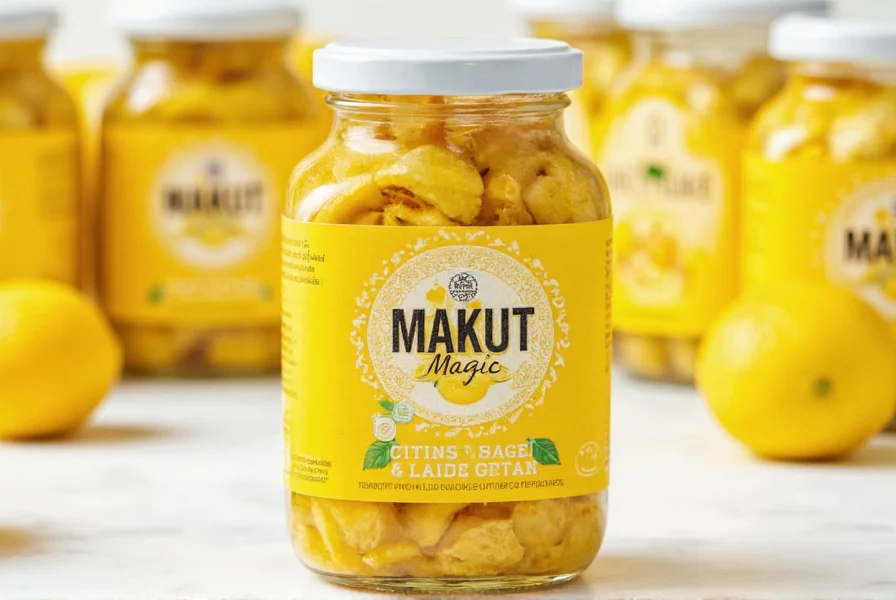
Storage Tips
Preserve makrut's freshness and flavor:
- Fresh Leaves: Wrap in damp paper towel, seal in a bag, refrigerate up to 2 weeks.
- Dried Leaves: Store in airtight container away from light; lasts up to 6 months.
- Freezing: Freeze whole leaves in a ziplock bag; thaw quickly for best results.
- Powder & Paste: Keep in cool, dark place; check expiration dates.
Health Benefits of Makrut
Makrut offers science-backed health benefits:
- Antioxidants: Rich in polyphenols that fight inflammation, as confirmed by research from the Journal of Ethnopharmacology.
- Antimicrobial Properties: Studies show makrut oil helps combat bacteria and fungi.
- Digestive Aid: Traditionally used to soothe stomach issues and improve digestion.
- Stress Relief: Its aroma reduces anxiety—ideal for calming kitchen environments.
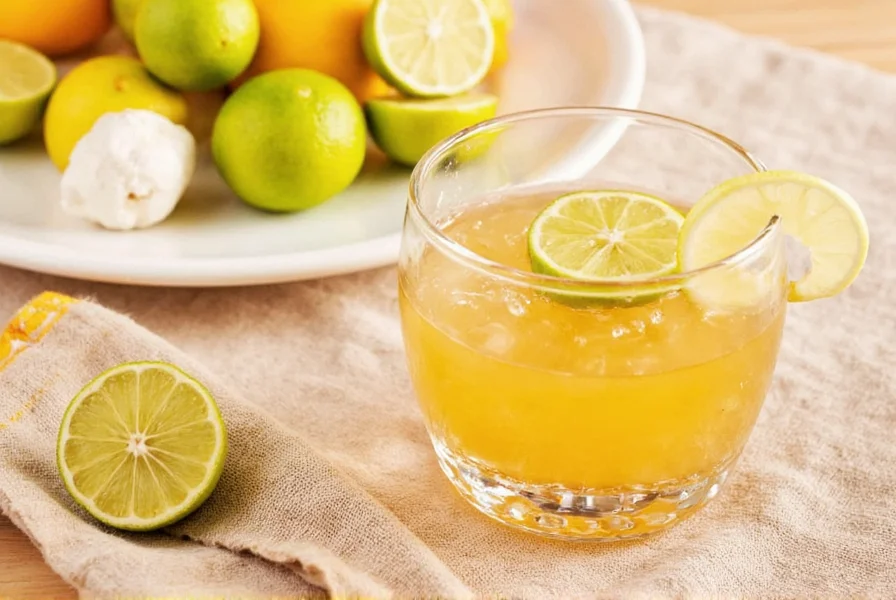
Creative Recipes with Makrut
Experiment with these innovative uses:
- Makrut Rice Pilaf: Toast jasmine rice with chopped makrut leaves and shallots before simmering.
- Spicy Makrut Lemonade: Combine makrut-infused syrup with fresh lime juice and chili powder.
- Makrut Butter: Blend softened butter with makrut paste, garlic, and sea salt for grilled seafood.
- Makrut Margarita: Rim glass with makrut lime salt; shake tequila, triple sec, and makrut-infused agave syrup.
- Makrut Sorbet: Use makrut zest in coconut milk sorbet for refreshing summer treats.
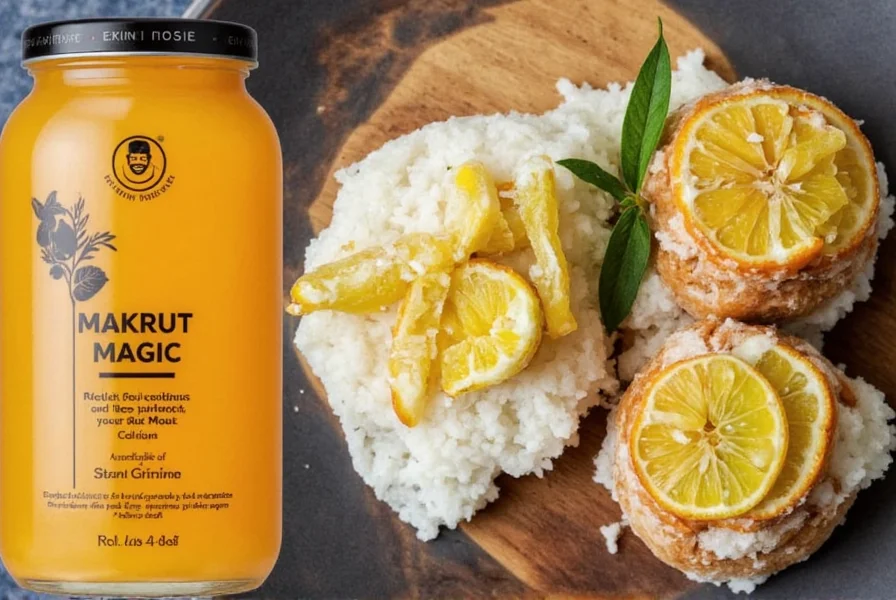
Frequently Asked Questions About Makrut
What is the difference between makrut and kaffir lime?
Makrut and kaffir lime refer to the same plant. "Makrut" is the Thai name increasingly preferred due to the problematic historical connotations of "kaffir." Both describe the citrus tree with distinctive double leaves and bumpy fruit essential in Southeast Asian cooking.
Can I substitute regular lime for makrut lime in recipes?
Regular lime can provide citrus notes but won't replicate makrut's unique flavor. For leaves, combine lime zest with basil or lemongrass. Dried makrut leaves (available online) are the closest alternative when fresh isn't available.
How do I properly prepare makrut leaves for cooking?
For soups and curries, leave leaves whole and bruise slightly to release oils. For salads, slice thinly crosswise (they're too tough to eat whole). Add whole leaves to rice during cooking and remove before serving. Never use bitter stems.
Are makrut limes edible?
The fruit is technically edible but extremely bitter and seedy. Most culinary uses focus on the zest/peel for intense aroma, not the juice. The peel is often dried and powdered for spice blends.
Where can I buy fresh makrut leaves?
Find them at Thai, Vietnamese, or Southeast Asian markets. Some specialty grocery stores and farmers' markets in larger cities carry them. Online retailers offer fresh leaves with cold packs, though dried versions are more widely available.
How do I know if makrut leaves are fresh?
Fresh leaves should be vibrant green, slightly glossy, and flexible (not brittle). Rubbing them between fingers releases a strong citrus-floral aroma. Avoid yellowing, dark spots, or dry, crumbly leaves.
Can I grow my own makrut plant?
Yes! Makrut trees grow well in containers in non-tropical climates. They need well-draining soil, regular watering, and full sunlight. In cold regions, bring indoors during winter. It takes 2-3 years for a new tree to produce harvestable leaves.
Conclusion
Makrut is a powerhouse ingredient beyond just flavor—it's a versatile tool for culinary creativity and wellness. From elevating Thai curries to soothing stress with its aroma, this citrus gem transforms everyday cooking. Embrace its unique qualities and let your dishes shine with authentic Southeast Asian essence.
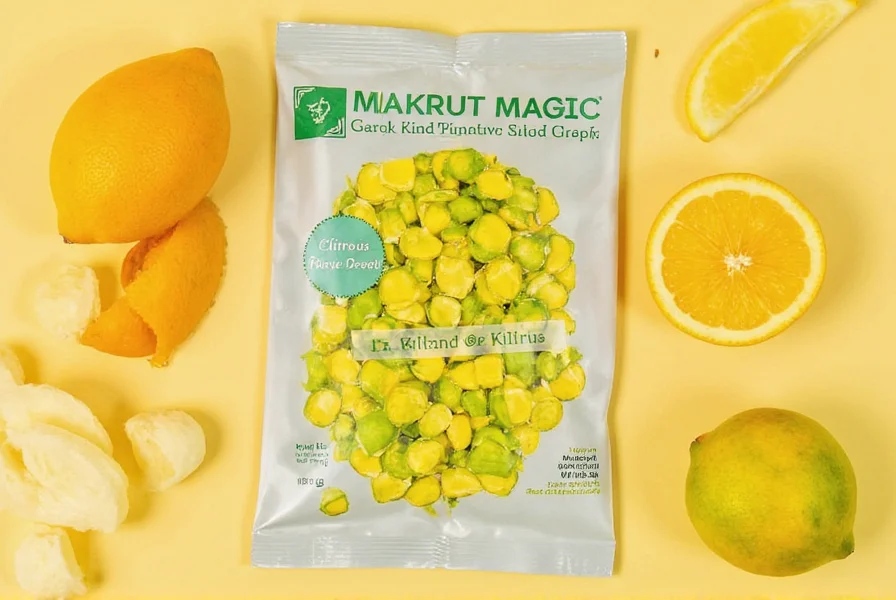

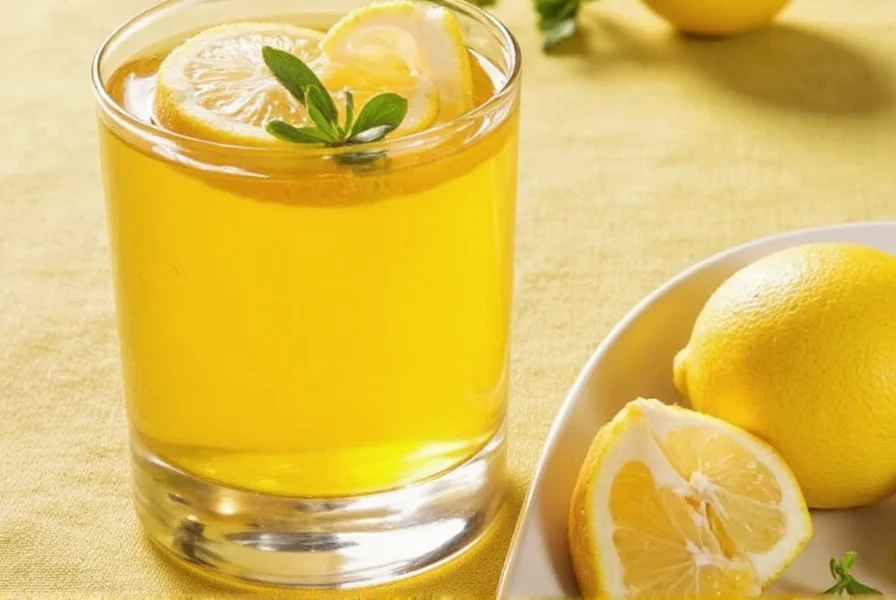









 浙公网安备
33010002000092号
浙公网安备
33010002000092号 浙B2-20120091-4
浙B2-20120091-4